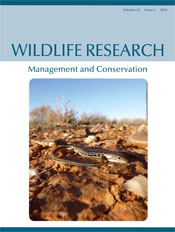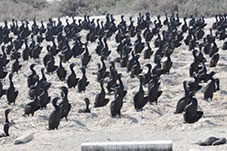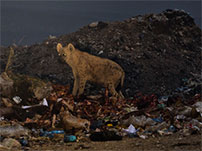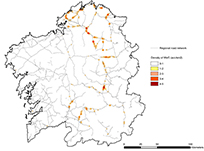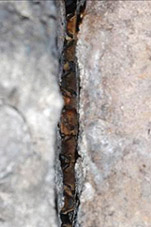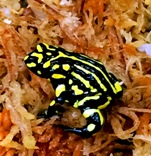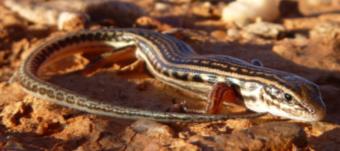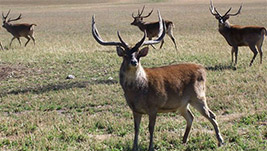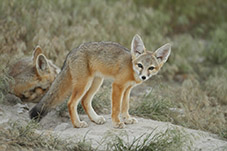WR14193How to snap your cat: optimum lures and their placement for attracting mammalian predators in arid Australia
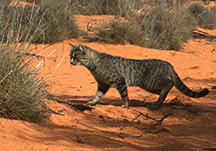
Monitoring and managing feral cats is challenging because they are typically wary or disinterested in meat baits used for luring, baiting or trapping foxes and wild dogs. Camera-trap detection rates of cats was higher on roads and near resource points than through use of olfactory, audial and visual lures at other locations. Lures can, however, change cat behaviour to increase their vulnerability to automated control techniques.


